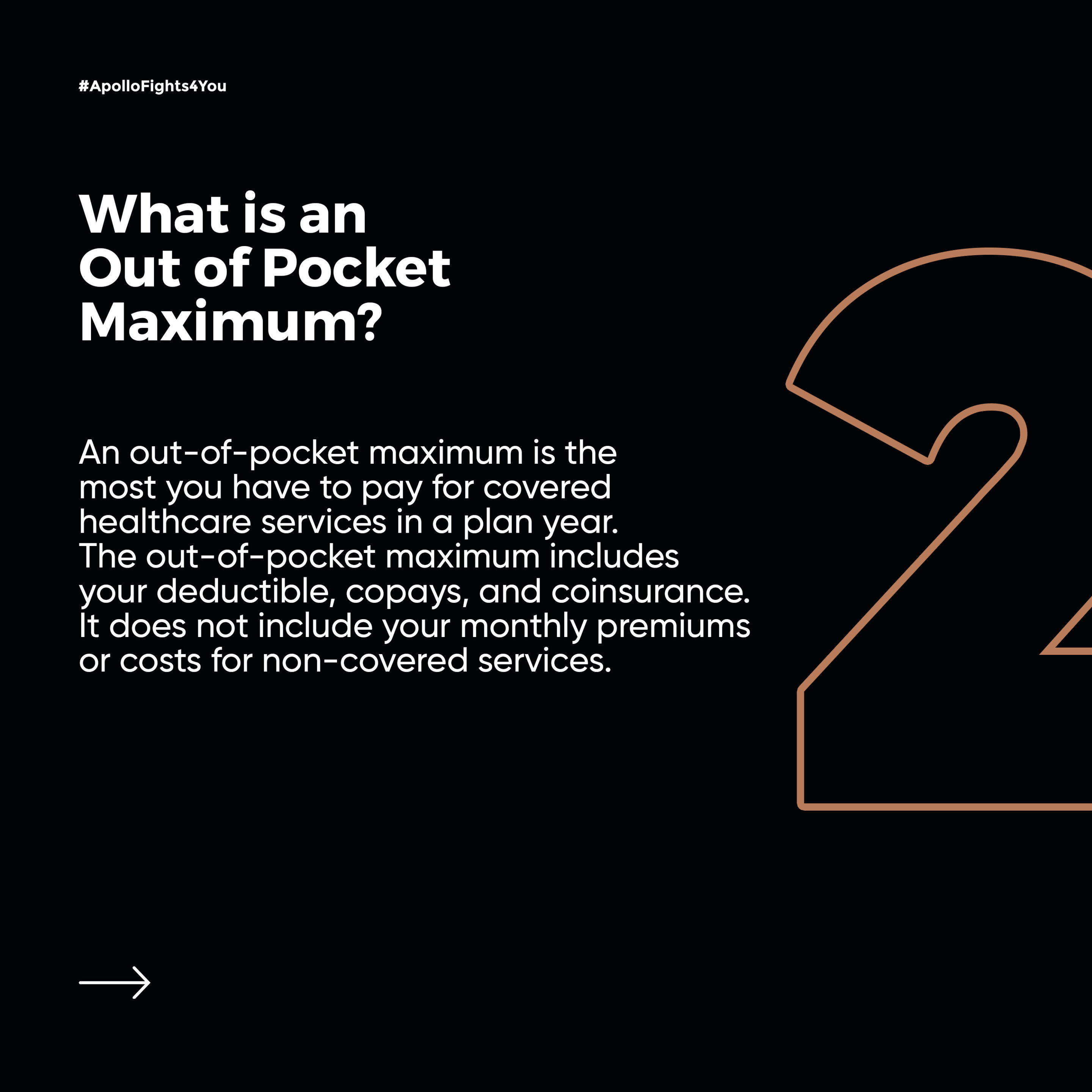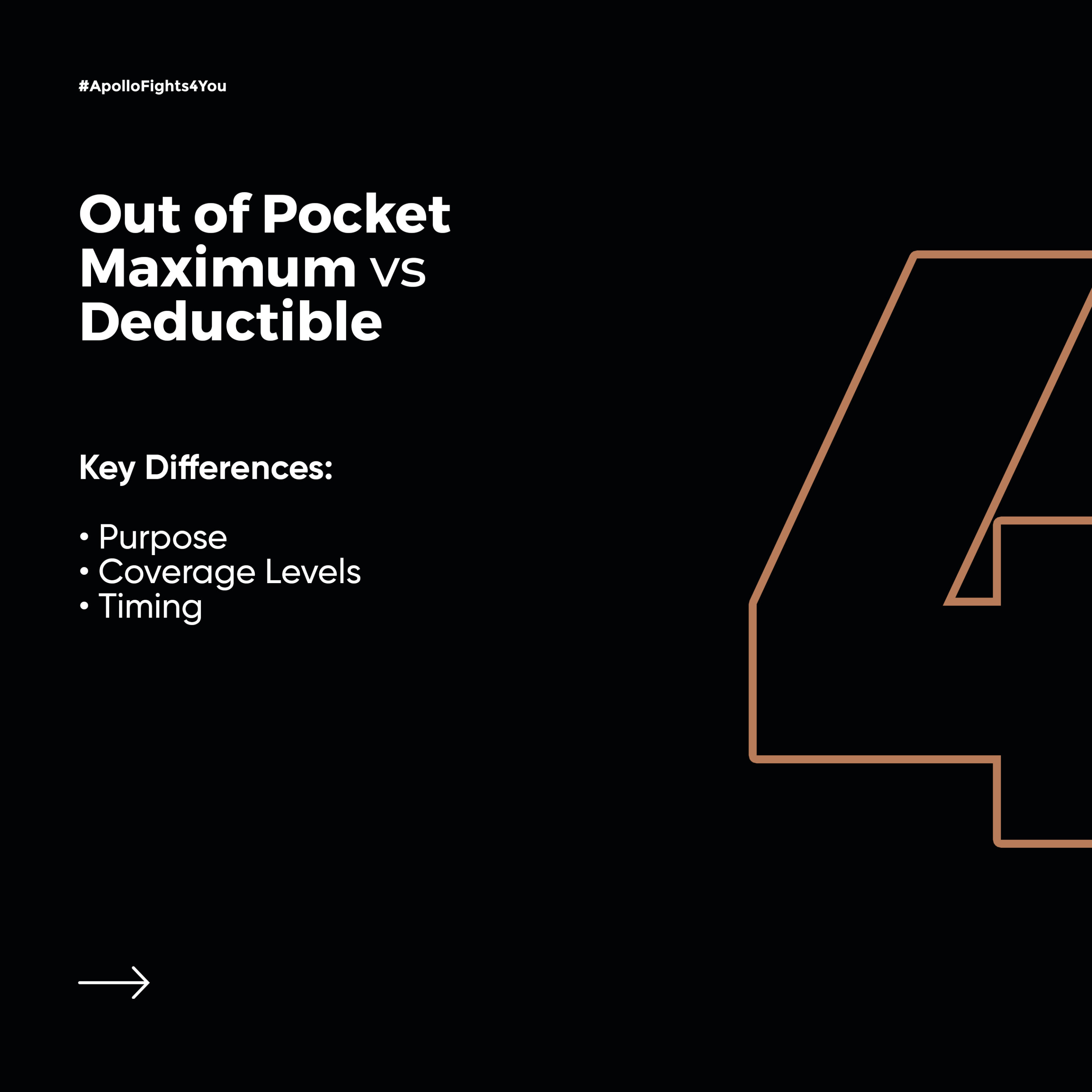The phrase “out of pocket” refers to the portion of your medical expenses that you have to pay for yourself after your insurance has paid its share. Out-of-pocket costs can include deductibles, copays, coinsurance, and costs for services that are not covered by your health insurance plan.
The healthcare system can be complex and confusing, especially when it comes to understanding the different terms and concepts involved.
One of the most important terms to understand is “out of pocket.”
Out-of-pocket costs are the portion of your medical expenses that you have to pay for yourself, after your insurance has paid its share.
Out-of-pocket costs can include deductibles, copays, coinsurance, and costs for services that are not covered by your insurance plan.
Understanding out-of-pocket costs is important because they can have a significant impact on your budget.
If you have high out-of-pocket costs, you may have to delay or forgo necessary medical care.
Have More Questions? Click Below!

Out-of-pocket costs can be a significant financial burden for many people, especially those with chronic health conditions or who need expensive medical procedures. However, there are steps you can take to manage your out-of-pocket costs and make healthcare more affordable.

What is an Out of Pocket Maximum?
An out-of-pocket maximum is the most you have to pay for covered healthcare services in a plan year. The out-of-pocket maximum includes your deductible, copays, and coinsurance. It does not include your monthly premiums or costs for non-covered services.
Out-of-pocket maximums vary depending on your health insurance plan. For Marketplace plans, the out-of-pocket maximum for an individual can’t be more than $9,100 in 2023, and the out-of-pocket maximum for a family can’t be more than $18,200.
Here is an example of how an out-of-pocket maximum works:
- Your health insurance plan has a deductible of $2,000, a copay of $20 for doctor’s visits, and a coinsurance of 20%.
- You go to the doctor twice in one year and have two prescription drugs filled.
- Your total medical expenses for the year are $5,000.
Your out-of-pocket costs will be calculated as follows:
-
Deductible:
- $2,000
-
Copays:
- 2 x $20 = $40
-
Coinsurance:
- $5,000 – $2,000 = $3,000
-
Total out-of-pocket costs:
- $2,000 + $40 + $600 = $2,640
Once you reach your out-of-pocket maximum, your health insurance plan will pay 100% of all covered healthcare costs for the remainder of the plan year. This means that you will not have to pay anything out of pocket for the rest of the year, even if you have additional medical expenses.

Are There Plans That Have No Out of Pocket?
Yes, there are some health insurance plans that have no out-of-pocket costs. These plans are typically called “zero-deductible plans” or “zero-copay plans.”
Zero-deductible plans have no deductible, copay, or coinsurance for covered services. This means that you would not have to pay anything out of pocket for covered healthcare costs.
However, zero-deductible plans typically have higher monthly premiums than other types of health insurance plans. This is because the insurance company is taking on more risk by covering all of your out-of-pocket costs.
Zero-deductible plans may be a good option for people who have chronic health conditions or who expect to have high medical expenses in a given year. However, it is important to weigh the pros and cons of these plans before you choose one.

Out of Pocket Maximum vs Deductible
“Out of Pocket Maximum” and “Deductible” are both important terms to understand when it comes to health insurance, as they play distinct but interconnected roles in determining your healthcare costs. Let’s break down the differences between these two key concepts:
1. Deductible:
- Definition:
- The deductible is the amount of money you must pay out of your own pocket for covered healthcare services before your insurance plan starts sharing the cost. It’s essentially your initial financial responsibility.
- How It Works:
-
- Suppose you have a health insurance plan with a $1,000 deductible. If you receive covered medical services that cost $2,000, you would be responsible for paying the first $1,000 (the deductible), and after that, your insurance would begin covering a portion of the remaining $1,000.
- Annual Reset:
-
- The deductible usually resets at the beginning of each policy year, so you’ll need to meet it again if your plan renews.
- Applies to Specific Services:
-
- The deductible typically applies to specific services, like hospital stays, surgeries, or certain diagnostic tests, depending on your plan. Some plans may have separate deductibles for different types of services.
2. Out of Pocket Maximum (OOP Max):
- Definition:
-
- The out of pocket maximum is the maximum amount you are required to pay for covered healthcare services within a given policy year. Once you reach this limit, your insurance plan covers 100% of your eligible healthcare expenses for the rest of the year.
- How It Works:
-
- Suppose your health insurance plan has an out of pocket maximum of $5,000. Once you’ve paid a total of $5,000 in deductibles, copayments, and coinsurance for covered services, your insurance will cover all further eligible expenses at 100%.
- Annual Reset:
-
- Like the deductible, the out of pocket maximum resets at the beginning of each policy year.
Key Differences:
- Purpose:
-
- The deductible is your initial financial responsibility for covered services and serves as a threshold you must meet before insurance benefits kick in. The out of pocket maximum, on the other hand, is a cap on your total annual out-of-pocket expenses.
- Coverage Levels:
-
- While the deductible represents the amount you have to pay before insurance pays anything, the out of pocket maximum represents the maximum you can be required to pay in a policy year.
- Timing:
- You pay the deductible upfront for each eligible service until it’s met, whereas the out-of-pocket maximum accumulates as you pay various costs throughout the year until it’s reached.

Out-of-pocket costs are an important part of understanding your health insurance plan. By understanding the different types of out-of-pocket costs, such as deductibles, copays, and coinsurance, you can make informed decisions about your healthcare and avoid financial hardship.
If you have high out-of-pocket costs, there are steps you can take to manage them, such as choosing a plan with a lower out-of-pocket maximum or using in-network providers. You can also ask about financial assistance programs that may be available to you.
It is important to remember that out-of-pocket costs are just one part of the overall cost of healthcare. If you have further questions, contact one of our agents today!








0 Comments